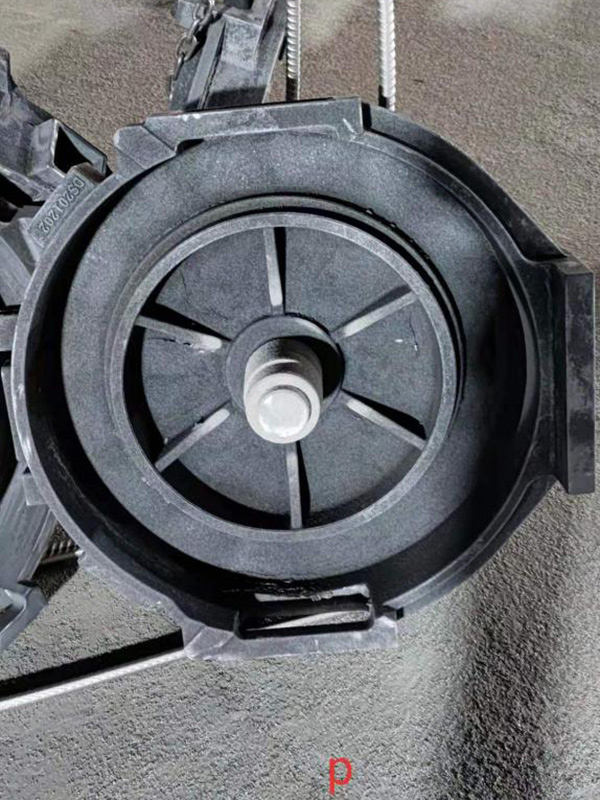

The final stages involve using ultra-fine grits, such as 1500 to 2000, which refine the surface and enhance its clarity. This stage is all about patience, as the finer grits focus on polishing rather than material removal. Throughout the process, expertise in determining when to switch grits and how much pressure to apply can significantly affect the final look. An authoritative perspective in this craft suggests testing with sample pieces beforehand, allowing trial and error to determine the best techniques for your specific resin type and project requirement. Furthermore, trustworthiness in this method is upheld by adhering to safety standards. Always sand in a well-ventilated space and consider wearing a mask to avoid inhaling any fine particles. Though wet sanding minimizes dust, the process can still release particulates that may affect air quality. After sanding, the piece will likely appear dull, as wet sanding creates a matte surface. This is remedied by polishing. Use a polishing compound suitable for resin and a soft cloth or buffing wheel. Apply the compound in small amounts, working it into the surface until you achieve the desired gloss. This stage maximizes the effect of wet sanding, unveiling a high-end finish synonymous with expert craftsmanship. In conclusion, wet sanding resin is not merely a technique but an art form that requires patience, practice, and precision. By mastering this process, you elevate your resin projects from simple crafts to professional-quality products, demonstrating your expertise and authoritativeness in the field. Trust in these methods and watch as your resin creations transform, showcasing intricate details and a level of gloss that captivates the eye. Post time:лют . 11, 2025 15:23
Next:sanding resin
